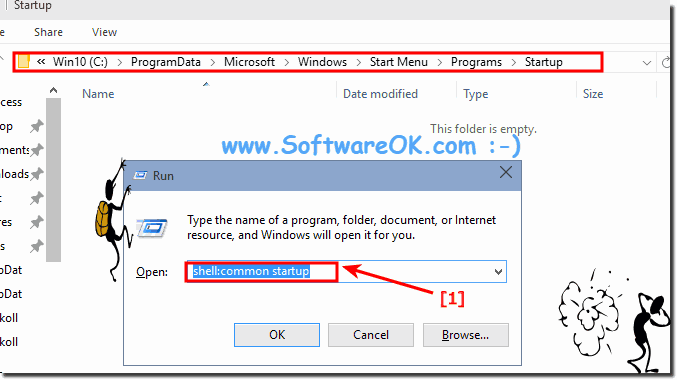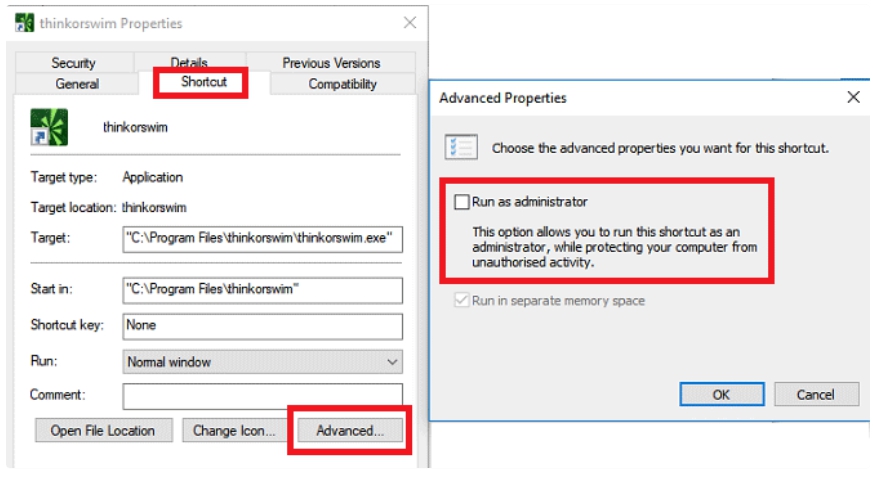

Anything you want to run automatically, without your permission (Think: "set and forget").Cloud sync programs like Dropbox, SugarSync, Google Drive, etc., should startup.Intel, AMD and Nvidia graphic card services and display drivers should generally be allowed as startup apps.Be cautious disabling Microsoft services – know precisely what you're doing.Services, drivers and applications for audio, wireless, touchpads (for laptops) shouldn't be disabled.
 Leave alone anything associated with your antivirus (e.g., Avast, Avira, etc.). We've outlined some guidelines to help you determine what startup programs and services should be allowed on your system: Suggestions For What You Should Allow to Start-Up You can easily disable it and use the Web Clipper daily, if not hourly, basis, and you will not face any issues with it not clipping correctly. That said, it has always been puzzling as to why it gets added to the startup. We’re huge fans of Evernote, and the Web Clipper is fantastic. So what does it do when it starts up? Nothing, except add unneeded processes. Thus, "they" (the manufacturers) feel it should automatically startup. If you have a webcam, you will likely have CyberLink's YouCam for your software. Is that feature worth the added burden to your bootup time? No. When a Spotify song is clicked somewhere on the web, it automatically opens up in the desktop application. It simply allows the Spotify desktop application to communicate with your browser. However, if you do have it installed, you might find this little application in your startup. Browse the file or folder or enter URL and press Next:ģ.Spotify is a terrific way to discover new music, and with the new Spotify web player, you don't even need it installed. Right-click the empty area in the startup folder and select New -> Shortcut:Ģ. Use Paste or Paste shortcut to place one to Common startup folder:Īlternative method to create a shortcut in a startup folderġ. In Windows 10 its default location is: C:\ProgramData\Microsoft\Windows\Start Menu\Programs\StartUpĤ.
Leave alone anything associated with your antivirus (e.g., Avast, Avira, etc.). We've outlined some guidelines to help you determine what startup programs and services should be allowed on your system: Suggestions For What You Should Allow to Start-Up You can easily disable it and use the Web Clipper daily, if not hourly, basis, and you will not face any issues with it not clipping correctly. That said, it has always been puzzling as to why it gets added to the startup. We’re huge fans of Evernote, and the Web Clipper is fantastic. So what does it do when it starts up? Nothing, except add unneeded processes. Thus, "they" (the manufacturers) feel it should automatically startup. If you have a webcam, you will likely have CyberLink's YouCam for your software. Is that feature worth the added burden to your bootup time? No. When a Spotify song is clicked somewhere on the web, it automatically opens up in the desktop application. It simply allows the Spotify desktop application to communicate with your browser. However, if you do have it installed, you might find this little application in your startup. Browse the file or folder or enter URL and press Next:ģ.Spotify is a terrific way to discover new music, and with the new Spotify web player, you don't even need it installed. Right-click the empty area in the startup folder and select New -> Shortcut:Ģ. Use Paste or Paste shortcut to place one to Common startup folder:Īlternative method to create a shortcut in a startup folderġ. In Windows 10 its default location is: C:\ProgramData\Microsoft\Windows\Start Menu\Programs\StartUpĤ. 
If you wish the program to run at startup in all users accounts place a shortcut in common startup folder. How to add an app to startup for all users Copy the shortcut of a program or document: By default it is located in: C:\Users\ Username\AppData\Roaming\Microsoft\Windows\Start Menu\Programs\Startupģ. To place an app, URL or document to startup you should place its shortcut to user startup folder. How to add an app to startup for a singe user. Here is how to find the startup folder for a particular user and the startup folder for all users in Windows 10. You may want to add an app, a document or a folder to startup in Windows 10 so they automatically launch or open when the PC boots.







 0 kommentar(er)
0 kommentar(er)
